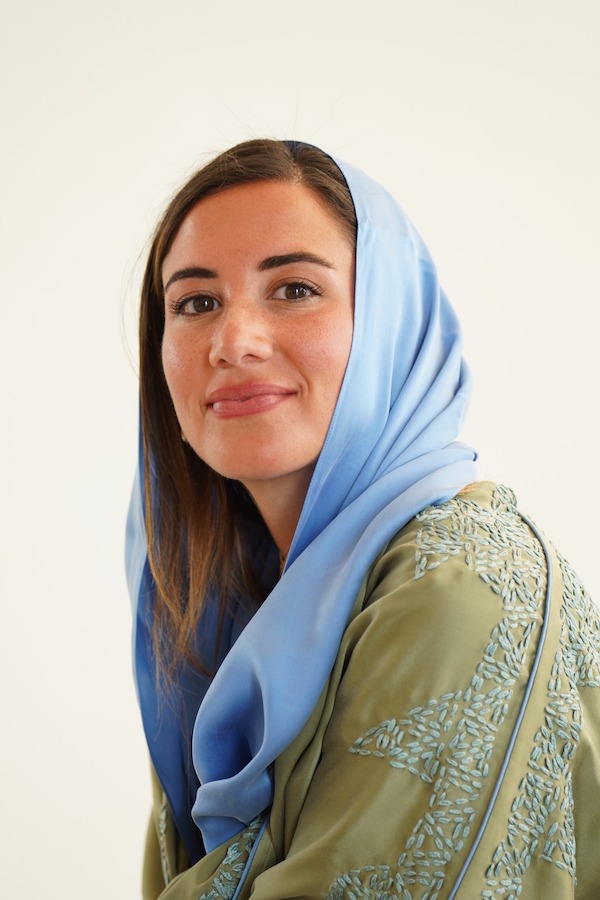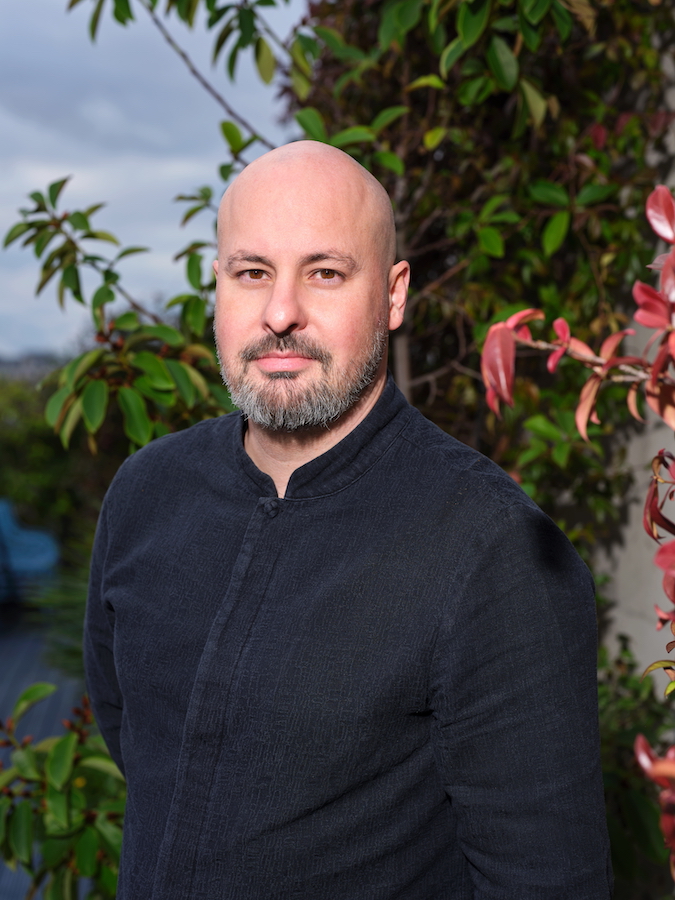DUBAI: The Diriyah Biennale Foundation’s second Islamic Arts Biennale is scheduled to take place from January to May 2025 at Western Hajj Terminal at King Abdulaziz International Airport in Jeddah.
The IAB is the first and only biennial dedicated to the arts of Islamic civilization.
Following the success of its first biennial, titled “Awwal Bait,” which attracted more than 600,000 visitors, the second event in 2025 will continue its exploration of themes by showcasing historical artifacts alongside contemporary art, including significant site-specific installations.

Aya AlBakree. (Courtesy Diriyah Biennale Foundation)
Aya Al-Bakree, CEO of the Diriyah Biennale Foundation, said: “As we build on our inaugural edition’s enormous success, I am delighted to welcome a stellar team of curators whose international experience will contribute immeasurably to inspiring fresh perspectives on Islamic arts discourse both globally and in Saudi Arabia.”
The directors of the second event are Amin Jaffer, Julian Raby, Abdulrahman Azzam and Muhannad Shono.
Jaffer, whose academic and curatorial work is focused on the meeting of European and Asian cultures, will return to his role as director of the Al Thani Collection.

(Courtesy Diriyah Biennale Foundation)
Raby, a distinguished scholar and former lecturer in Islamic art and architecture at the University of Oxford, also served on the curatorial team of the first IAB.
Abdulrahman Azzam, an acclaimed author and historian, served as senior adviser to the Al-Madar exhibition and forum during the first biennale.
Saudi artist Muhannad Shono, whose work deals with questions of spirituality and the role of imagination in shaping reality, will serve as contemporary art curator.

Muhannad Shono. (Courtesy Diriyah Biennale Foundation)
With more than a total area of 110,000 square meters, with 12,000 square meters of dedicated exhibition space, the biennale takes visitors on a journey through the objects, rituals, ideas and aesthetics that constitute Islamic arts in all its forms.
The Western Hajj Terminal has been repurposed as a cultural venue by Saudi Arabia’s Ministry of Culture.
The site holds deep significance for Muslims around the world, as millions of travelers pass through the airport each year to make the Hajj and Umrah pilgrimages to Makkah.



























